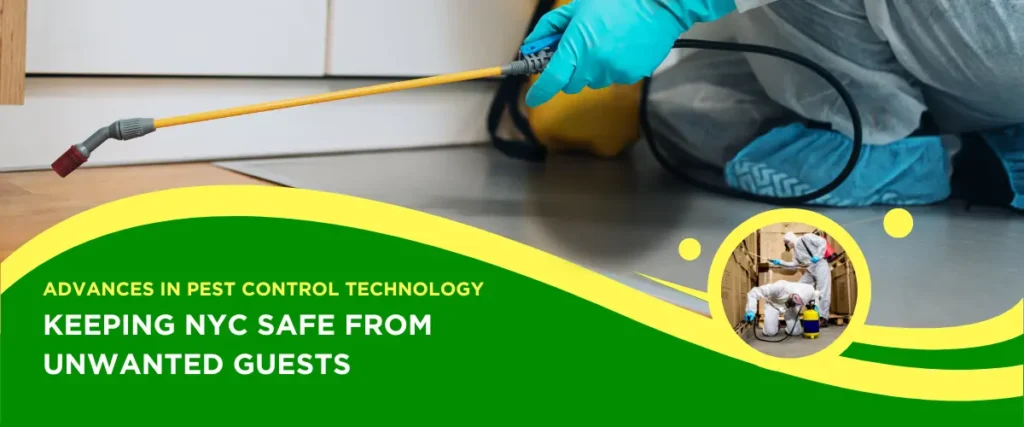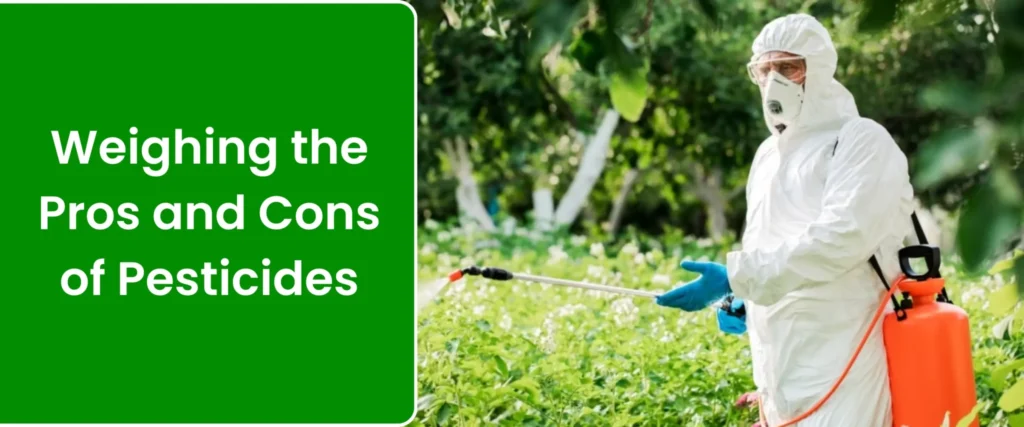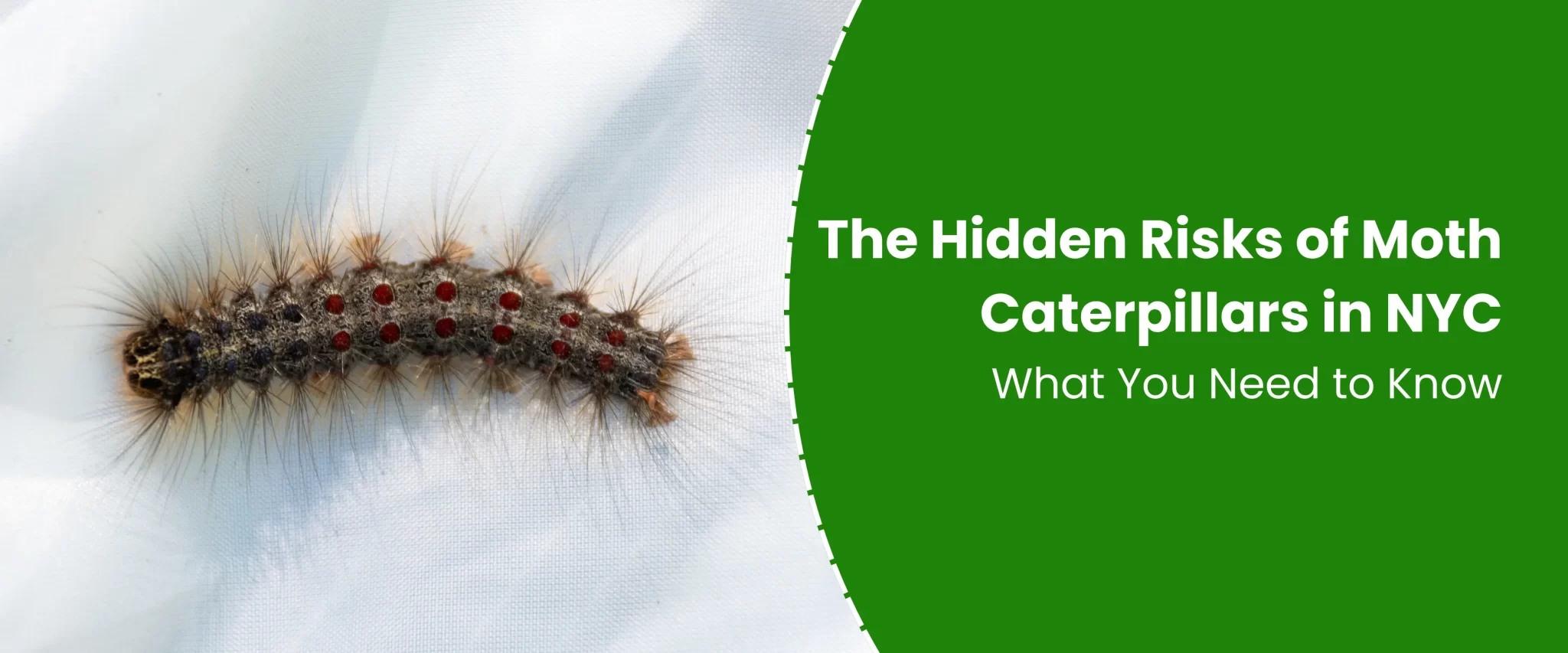
The Hidden Risks of Moth Caterpillars in NYC: What You Need to Know
Moths and butterflies lay eggs, which develop into caterpillars. These frequently vividly colored or well-camouflaged animals are renowned for having enormous appetites since they need a lot of leaves to support their quick growth. Moths and butterflies both go through metamorphosis, but it’s the latter that frequently creates caterpillars that could be dangerous to people.
Numerous caterpillar species can be found in NYC due to its diverse habitat. These species, which range from the more enigmatic to the well-known fuzzy ones, can be found in gardens, parks, and even metropolitan areas. The green spaces of the city serve as a home to a wide variety of moth species, which in turn produces a diverse population of caterpillars.
Significance of Identifying Different Types of Caterpillars
Accurate identification of caterpillars is crucial for several reasons:
- Safety: Some caterpillar species have irritating or venomous hairs that can cause allergic reactions or skin irritations.
- Pest Control: Knowing the type of caterpillar can help determine the best course of action for managing an infestation.
- Ecological Balance: Understanding the caterpillar population can contribute to local ecosystem studies and conservation efforts.
What is a Moth Caterpillar?
Moth caterpillars are the larval stage of moths. Generally, they are cylindrical in shape with segmented bodies. They possess three pairs of true legs on the thorax and several pairs of prolegs on the abdomen. Their head is equipped with strong jaws for chewing, and they have a variety of colors, patterns, and textures to aid in camouflage or defense.
Common Species Found in NYC
While a comprehensive list of moth caterpillar species in NYC would be extensive, some common examples include:
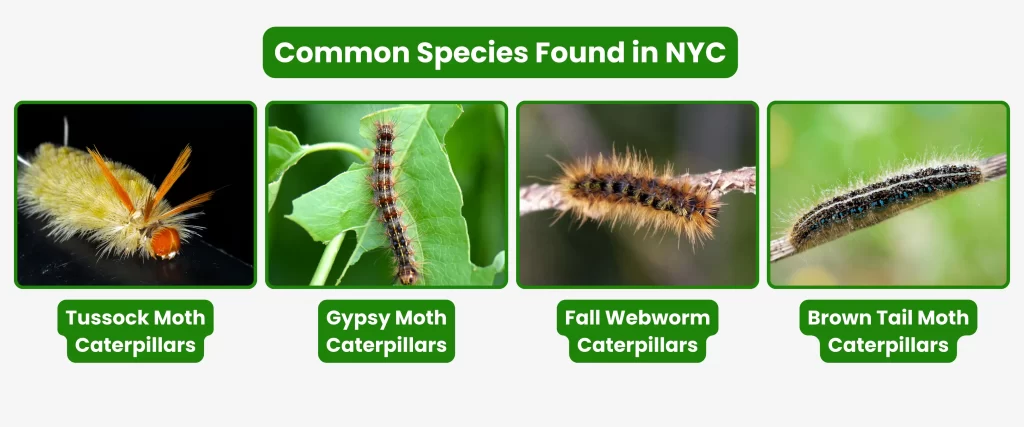
Tussock Moth Caterpillars
- Distinguishing features: These caterpillars are easily recognizable by their distinctive tufts of hair, often referred to as “tussocks.” They come in various colors and patterns.
- Risk to humans: While most tussock moth caterpillars are harmless, some species possess irritating hairs that can cause skin rashes, itching, and in rare cases, more severe allergic reactions.
- Impact on plants: These caterpillars are known to defoliate trees and shrubs, causing damage to ornamental plants and forests.
Gypsy Moth Caterpillars
- Distinguishing features: These caterpillars are typically light gray or brown with darker markings. They are voracious eaters and can quickly defoliate trees.
- Risk to humans: While not directly harmful to humans, gypsy moth caterpillars pose a significant threat to the environment due to their destructive feeding habits.
- Impact on plants: Gypsy moths are considered a serious pest as they can completely defoliate trees, impacting forest health and wildlife habitats.
Fall Webworm Caterpillars
- Distinguishing features: These caterpillars are pale yellow or green with darker stripes and create large, unsightly webs that envelop branches.
- Risk to humans: Fall webworm caterpillars are generally harmless to humans.
- Impact on plants: While their webs can be unsightly, fall webworms typically do not cause severe damage to healthy trees. However, repeated infestations can weaken trees.
Brown Tail Moth Caterpillars
- Distinguishing features: These caterpillars have brown tails and irritating hairs.
- Risk to humans: The hairs of brown tail moth caterpillars can cause severe skin rashes, itching, and respiratory problems.
- Impact on plants: Brown tail moth caterpillars feed on a variety of trees and shrubs, causing defoliation.
Life Cycle from Caterpillar to Moth
Moth caterpillars undergo a complete metamorphosis. Their life cycle consists of four stages:
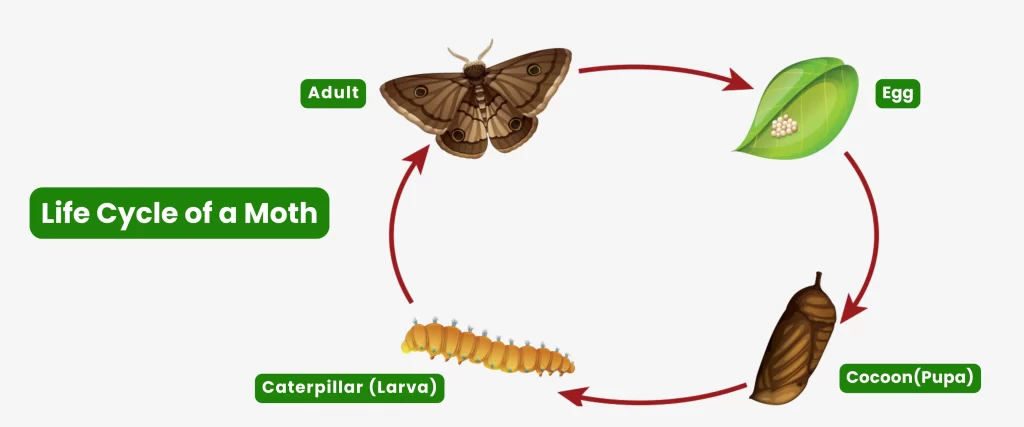
- Egg: The moth lays eggs on suitable host plants.
- Larva (Caterpillar): The egg hatches into a caterpillar, which feeds and grows rapidly.
- Pupa: The caterpillar transforms into a pupa, often enclosed in a cocoon or chrysalis.
- Adult (Moth): The adult moth emerges from the pupa, ready to mate and lay eggs, completing the cycle.
Identifying Caterpillars by Color
Green Caterpillars
Green caterpillars are masters of camouflage, blending seamlessly with their leafy surroundings. Their green hue often serves as a protective mechanism against predators.
Are green caterpillars poisonous?
The short answer is: it depends. While many green caterpillars are harmless, some species possess defensive mechanisms such as irritating hairs or venomous spines. Therefore, it’s crucial to identify the specific caterpillar before handling it.
what do green caterpillars turn into?
- Monarch caterpillar: This iconic green caterpillar with black stripes transforms into the beautiful monarch butterfly.
- Swallowtail caterpillar: Many swallowtail caterpillars are green and often have distinctive markings. They metamorphose into various swallowtail butterfly species.
- Hornworm: These large, green caterpillars have a distinctive horn-like protrusion at their rear end. They turn into hawk moths.
Black and Yellow Caterpillars
Black and yellow is a striking color combination often associated with warning signals in nature. Many caterpillars with this coloration have defense mechanisms to deter predators.
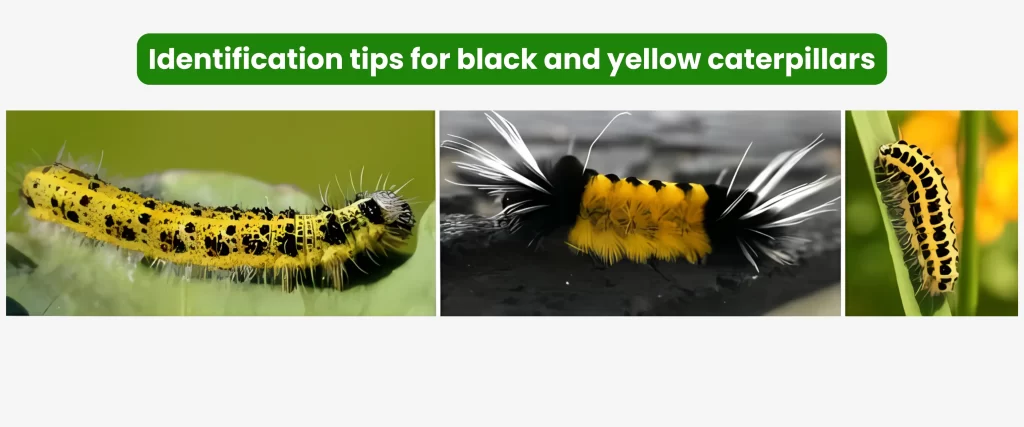
Identification tips for black and yellow caterpillars:
- Look for specific markings, such as stripes, spots, or patterns.
- Observe the caterpillar’s behavior. Some species may curl up or exhibit defensive postures.
- Consider the host plant. Certain caterpillars are associated with specific plants.
Examples of species and their potential impact on humans:
- Puss caterpillar: This fuzzy, black and yellow caterpillar has venomous spines that can cause severe pain.
- Saddleback caterpillar: Another venomous species, this caterpillar has a distinctive brown saddle-shaped mark.
- Yellowjacket moth caterpillar: While not venomous, the bright colors serve as a warning to potential predators.
Black White and Yellow Caterpillars
This color combination is often found in caterpillars that mimic the appearance of wasps or bees. Their striking appearance serves as a deterrent for predators.
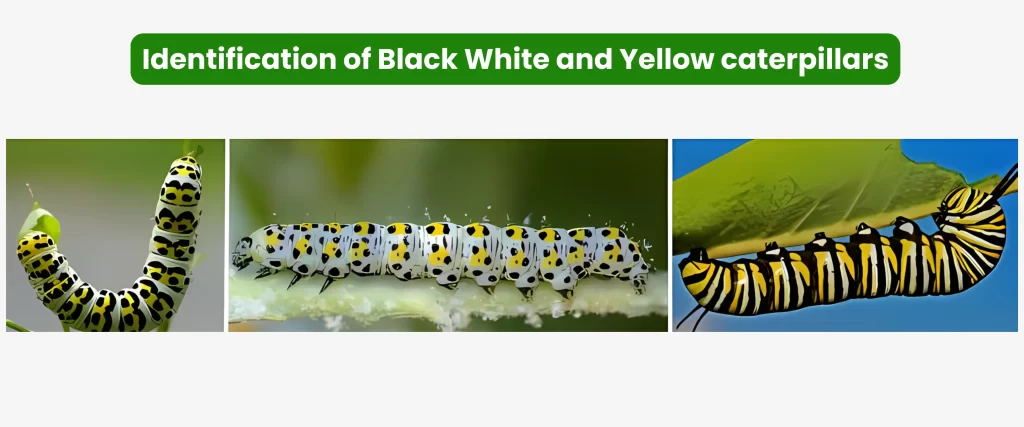
Identification of Black White and Yellow caterpillars:
- Look for bold stripes or bands of black, white, and yellow.
- Many species have hairy bodies.
- Observe the caterpillar’s behavior to determine if it exhibits defensive postures.
Species commonly found in NYC:
- American dagger moth caterpillar: This caterpillar has black, white, and yellow stripes and is often found in urban areas.
How to Control Caterpillar Infestations
Caterpillar infestations can be a challenge, especially in gardens or on trees where they feed on leaves, potentially causing significant damage. Here are some effective methods to control caterpillar infestations:
1. Manual Removal
- Handpicking: If the infestation is small, manually remove caterpillars from plants. Wear gloves and drop them into a bucket of soapy water to kill them.
- Pruning: For heavily infested branches, prune and dispose of the affected areas to prevent the spread of caterpillars.
2. Natural Predators
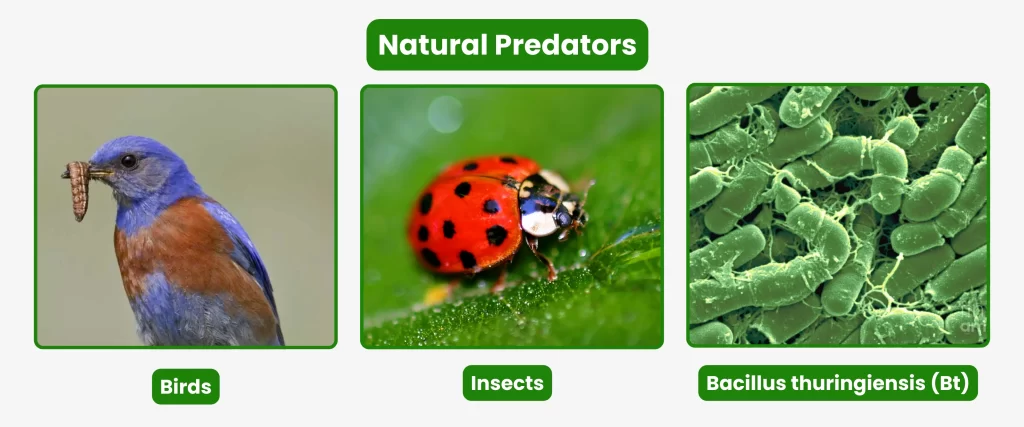
- Birds and Beneficial Insects: Encourage birds, such as chickadees and sparrows, that feed on caterpillars. Beneficial insects like ladybugs and parasitic wasps also help control caterpillar populations.
- Bacillus thuringiensis (Bt): This natural bacteria is safe for plants and other wildlife but lethal to caterpillars when ingested. It’s particularly effective against young caterpillars.
3. Biological Control
- Margosa oil: Margosa oil disrupts the feeding and growth of caterpillars. Spray it on affected plants to reduce their numbers.
- Insecticidal Soaps: These are effective in suffocating caterpillars by blocking their breathing pores. Apply it directly on caterpillars and repeat as needed.
4. Physical Barriers
- Row Covers: Use lightweight row covers to physically block caterpillars from reaching plants. This is especially useful for vegetable gardens.
- Sticky Traps: Place sticky traps around the base of trees or plants to capture caterpillars as they move.
5. Chemical Control
- Insecticides: Use insecticides specifically designed to target caterpillars. Apply according to the manufacturer’s instructions, and opt for products that minimize harm to beneficial insects and the environment.
- Pheromone Traps: These traps attract caterpillars with synthetic pheromones and are effective in reducing their numbers.
6. Preventative Measures
- Regular Inspection: Regularly inspect plants for signs of caterpillars, such as chewed leaves or eggs on the underside of leaves.
- Healthy Garden Practices: Maintain healthy soil and plants, as robust plants are more resistant to pests. Rotate crops annually to reduce the risk of recurring infestations.
7. Professional Pest Control
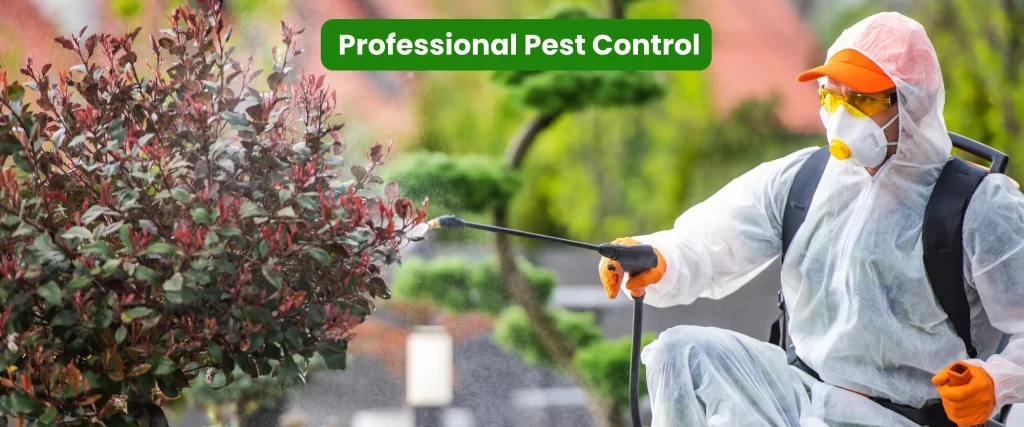
Consult Experts: For severe infestations, contact a professional pest control service that can provide tailored solutions to eliminate caterpillars safely and effectively.

